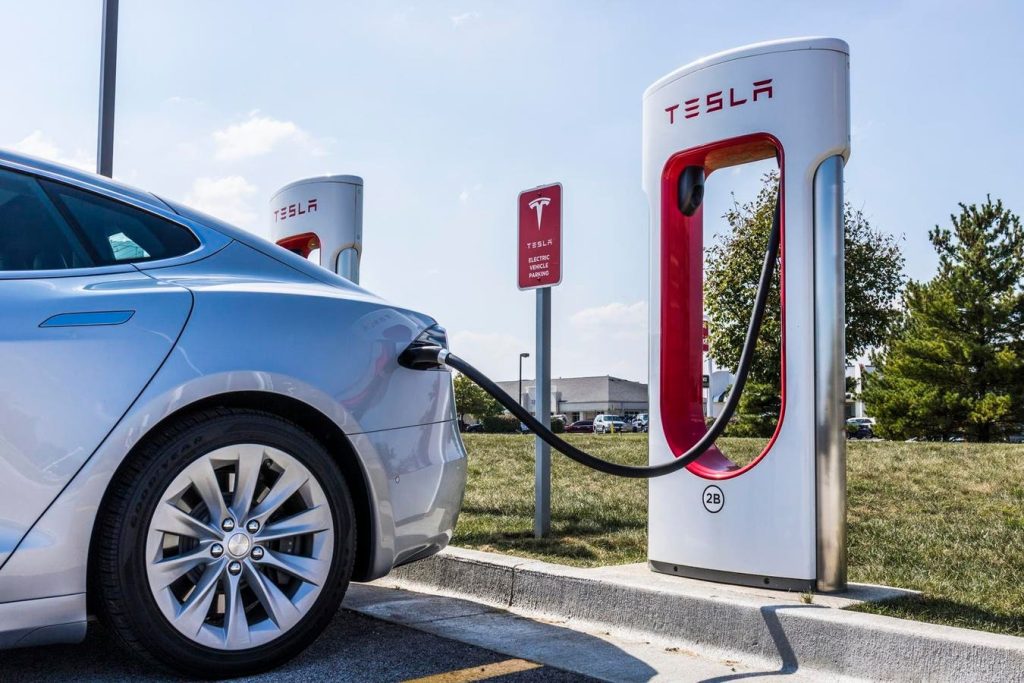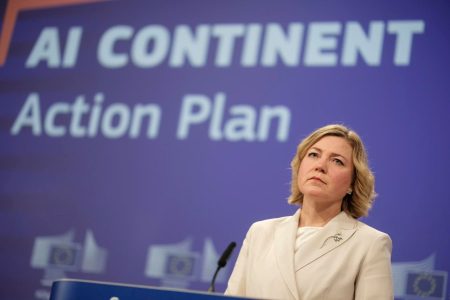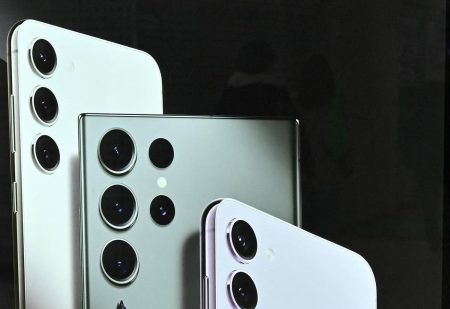First Ford, followed by General Motors (GM), and then Rivian. These automakers have publicly announced their adoption of the North American Charging Standard (NACS) connector currently exclusive to Tesla vehicles, signaling a move away from the Combined Charging Standard (CCS) used in most electric vehicles (EVs) today. Throughout the industry, casual conversation starters like “how’s the weather where you are?” have been quickly replaced by “who will be next to announce?” and “is this a good thing or a bad thing?” These questions are met with plenty of speculation around the former and healthy discussion in response to the latter, with perspectives that include interoperability-focused organizations like the Charging Interface Initiative (CharIN).
Adding NACS to vehicles means more EVs are compatible with Tesla’s Supercharger network. Both Ford and GM called out improved access to high-power charging stations as a primary motivation behind alignment with NACS. These statements are in lock step with the general industry consensus that the optimal EV driving experience depends on accessibility, convenience and reliability of charging infrastructure. But the state of today’s public charging network, particularly the thousands of CCS-equipped charging stations not part of Tesla’s network, leaves significant room for improvement.
So, does adopting NACS mean Ford, GM and Rivian EV drivers will soon experience the same accessibility, convenience and reliability Tesla drivers have come to expect? Not necessarily. Much of the media coverage and debates seem to conflate the NACS connector with the Supercharger network. And while the automaker announcements also cover agreements and collaboration with Tesla that get into charging network access, there is no certainty that a move to NACS equates to a Supercharger-like experience for all drivers.
The Supercharger Network is the Gold Standard
Few would argue with the assertion that Tesla’s Supercharger network is superior to non-Tesla fast charging networks in terms of reliability and customer experience. Tesla Superchargers are widely known to be well-located (near major roadways with amenities nearby), well-designed (providing redundancy with at least eight charging connectors at every site) and well-maintained (clean and well-lit). In addition, Tesla drivers simply pull into a Supercharger stall, park the car, then “plug and play” without having to worry about session authorization or billing.
It’s important to keep in mind that the Supercharger network’s stellar reputation is based only on pairing Tesla EVs with Tesla’s NACS-outfitted fast charging infrastructure; it is a closed ecosystem with no other equipment manufacturer or network provider involved. As others enter the picture, the extent to which the Supercharger user experience will change is yet to be seen. Will a Ford Mach-E equipped with a NACS adapter follow the same streamlined steps as a Tesla today? We don’t know yet.
When is a Standard Standardized?
Tesla opened its once proprietary charging connector to the world in November 2022 by making design and specification files available to any interested party. At the same time, it introduced the NACS moniker. Despite having “Standard” in the name, Tesla stated that the company was “actively working with relevant standards bodies to codify Tesla’s charging connector as a public standard.” From an electrical perspective, there are notable differences between NACS and CCS. For example, CCS has separate pins for delivering alternating current (AC) and direct current (DC) power while NACS leverages the same pin for both AC and DC.
Enter CharIN, a global association focused on advancing transportation electrification through interoperability and standardization. According to Michael Keller, Executive Board member of CharIN Global, “There are now over 300 different vehicle types compatible with CCS and more than 3,000 different CCS chargers from about 100 different charger manufacturers,” and many are part of CharIN’s 320 member organizations.
Amid the chorus of announcements, CharIN recently issued a statement clarifying the organization’s position. In it, CharIN refers to NACS as a form factor, or hardware design specification, emphasizing that NACS has not yet been vetted by a standards development organization like SAE or ISO. To facilitate an open standardization process, CharIN has raised its hand to convene a task force focused on NACS. This move is in response to member interest but also to ensure safety protocols are in place in a multi-vendor environment, both on the vehicle and charging infrastructure sides. “Safety comes first,” says Oleg Logvinov, Chair of CharIN North America.
This is not CharIN’s first rodeo. The association created a task force several years ago that resulted in the development of the Megawatt Charging System (MCS). This DC fast charging connector is intended for use by heavy-duty vehicles like Class 8 electric trucks needing up to 3.75 megawatts of power, and is based on CCS.
The first NACS task force meeting will be held in late June with representatives from more than 70 companies. The end goal is to recommend that NACS be submitted to standards-making bodies and eventually standardized. But this process will take time, potentially the better part of a year or multiple years, and ultimately depends on consensus.
A standard is a representation of consensus and creates a solid foundation for progress. As Logvinov explains, “If we have a unified standard that everyone adopts, then it forces healthy competition. That competition will be focused on lower prices, better performance and superior features and capabilities.”
The Market, and Time, Will Tell
Today, we have more questions than answers about how this will all play out. The crystal ball for the American market is quite cloudy, but a look at the European market provides a glimpse into what might be.
In the European Union today, across 27 countries, there are hundreds of CPOs. Tesla is one of them and Superchargers in Europe (V2 and V3) are compatible with CCS technology. But that wasn’t always the case. In November 2018, Electrek reported Tesla’s intent to retrofit existing Superchargers with CCS, equip all new Model 3s with the CCS charge port and offer a CCS adapter to expand Tesla drivers’ “ability to charge at third party fast chargers.” As Keller recounts, “The huge number of CPOs in Europe were building out charging stations based on a common standard. There was no chance a single company could do the same, it did not make economic sense. Now, Tesla is using CCS quite successfully and drivers are happy because they have access to so many chargers.”
The European EV market is generally considered to be multiple years ahead of North America, but perhaps not for long. Logvinov’s predicts, “I see acceleration in the U.S. market that will, in my opinion, overtake what we have in Europe in the next 12 months. We owe Tesla a debt of gratitude for kicking the market into gear. Now we want to avoid creating confusion that will delay the market.”
Though questions abound, several things are clear. One is that the transportation electrification industry has made incredible progress in a relatively short period of time thanks to the work of automakers, charging providers, organizations like CharIN, and countless other stakeholders. Another certainty is that improved EV driver experience and future growth of the market depends on effective partnerships, alliances and collaboration. It really is about so much more than a connector.
Read the full article here










